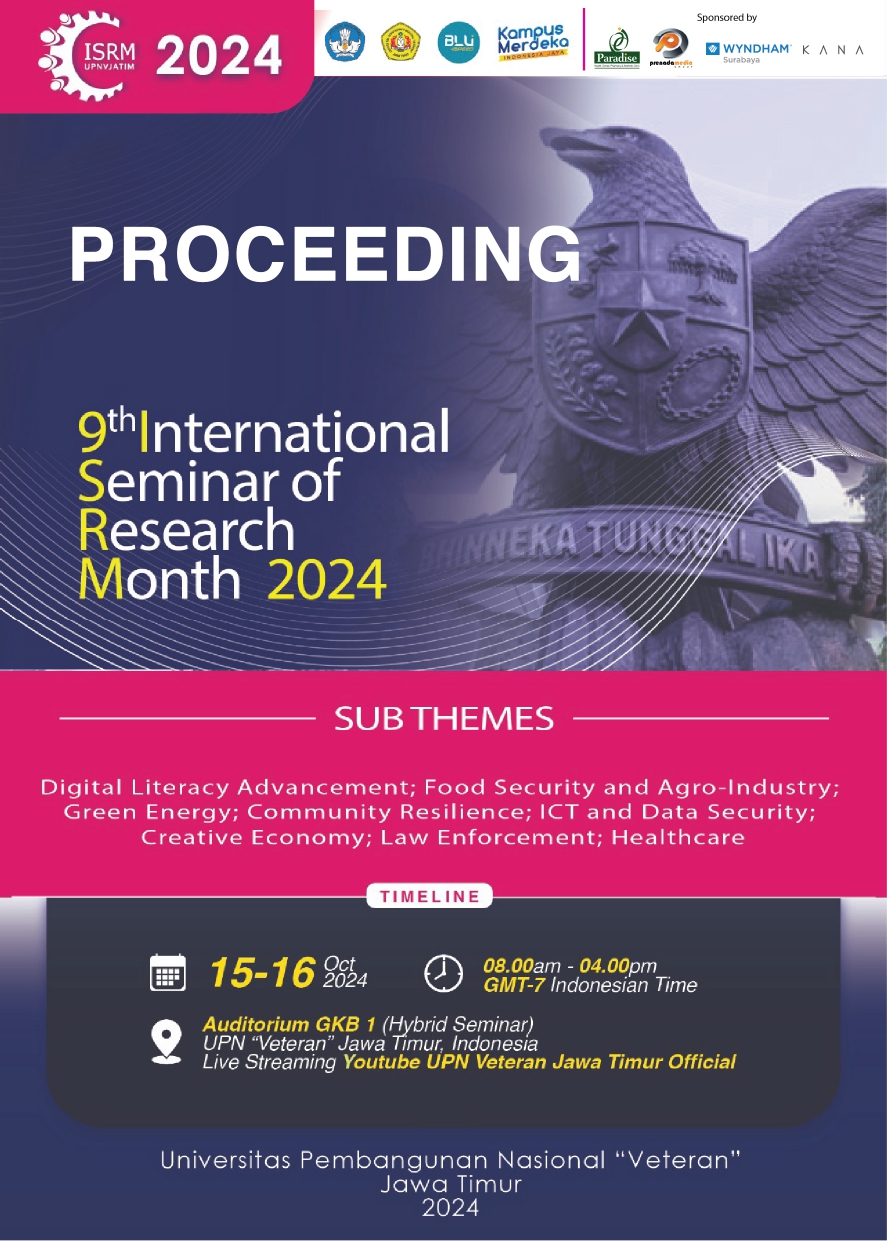Navigating the Digital Frontier: The Evolution of Consumer Behavior and Its Impact on Experiential Marketing
DOI:
https://doi.org/10.11594/nstp.2025.4764Keywords:
Digital Consumer Behavior, Experiential Marketing, Digitalization, Marketing StrategyAbstract
This study investigates the impact of digital transformation on consumer behavior and experiential marketing, focusing on how sentiment analysis and machine learning techniques provide actionable insights into customer preferences. Data was collected from social media platforms (Twitter, Instagram) and e-commerce websites (Tokopedia, Shopee) using web scraping methods, including customer reviews, search trends, and sentiment feedback. Through sentiment analysis with Naïve Bayes classification and clustering techniques via K-Means, this research categorizes consumer opinions and purchasing behaviors. The results reveal that 65% of consumers have a positive perception of experiential marketing, with a significant portion of negative feedback attributed to service quality issues. The study identifies three primary consumer segments—Digital Engagers, Traditional Buyers, and Impulse Shoppers—and suggests targeted marketing approaches for each. The findings highlight the importance of integrating artificial intelligence (AI), augmented reality (AR), and virtual reality (VR) technologies into marketing strategies, while also addressing the need for improved digital customer support. The study emphasizes that businesses must balance technological advancements with operational efficiency to enhance customer satisfaction and loyalty in the digital marketplace.
Downloads
References
Bird, S. (2006). NLTK: The natural language toolkit. http://www.nltk.org/
Chaffey, D. (2019). Digital marketing: Strategy, implementation, and practice (7th ed.). Pearson Education.
Davis, F. D. (1989). Perceived usefulness, perceived ease of use, and user acceptance of information technology. MIS Quarterly, 13(3), 319-340.
Deloitte. (2021). Hyper-personalizing the customer experience using data, analytics, and AI. Deloitte Canada. https://www2.deloitte.com/content/dam/Deloitte/ca/Documents/deloitte-analytics/ca-en-omnia-ai-marketing-pov-fin-jun24-aoda.pdf
Hammedi, W., Leclercq, T., Poncin, I., dan Alkire (Née Nasr), L. (2021). Uncovering the dark side of gamification at work: Impacts on engagement and well-being. Journal of Business Research, 122, 256–269. doi:10.1016/j.jbusres.2020.08.032
Hilken, T., Heller, J., Chylinski, M., Keeling, D. I., Mahr, D., and de Ruyter, K. (2018). Augmented reality in retail and its impact on consumer decision-making. Journal of Interactive Marketing, 43, 81-95.
Hilken, T., Ruyter, K. D., Chylinski, M., Mahr, D., and Keeling, D. I. (2018). The influence of customer participation and experience co-creation on customer satisfaction: The role of experiential value. Journal of Business Research, 89, 420-431.
Hunter, J. D. (2007). Matplotlib: A 2D graphics environment. Computing in Science & Engineering, 9(3), 90-95. doi:10.1109/MCSE.2007.55
Kim, C. H., and Han, E. (2019). Premiums paid for what you believe in: The interactive roles of price promotion and cause involvement on consumer response. Journal of Retailing. https://doi.org/10.1016/j.jretai.2019.10.001
Kotler, P., Armstrong, G., and Opresnik, M. O. (2022). Principles of marketing (18th ed.). Pearson.
Lemon, K. N., and Verhoef, P. C. (2016). Understanding customer experience throughout the customer journey. Journal of Marketing, 80(6), 69-96.
Lloyd, S. P. (1982). Least squares quantization in PCM. IEEE Transactions on Information Theory, 28(2), 129-137. https://doi.org/10.1109/TIT.1982.1056489
McCallum, A., and Nigam, K. (1998). A comparison of event models for Naive Bayes text classification. AAAI-98 workshop on learning for text categorization, 41-48.
Pang, B., and Lee, L. (2008). Opinion mining and sentiment analysis. Foundations and Trends® in Information Retrieval, 2(1-2), 1-135. https://doi.org/10.1561/1500000011
Pedregosa, F., et al. (2011). Scikit-learn: Machine learning in Python. Journal of Machine Learning Research, 12, 2825-2830.
Pine, B. J., and Gilmore, J. H. (2019). The experience economy: Competing for customer time, attention, and money (Updated ed.). Harvard Business Review Press.
Rennie, J. D. M., Shih, L. J., Teevan, J., and Karger, D. (2003). Tackling the poor assumptions of naive Bayes text classifiers. Proceedings of the 20th International Conference on Machine Learning, 616-623.
Rousseeuw, P. J. (1987). Silhouettes: A graphical aid to the interpretation and validation of cluster analysis. Computational and Applied Mathematics, 20(1), 53-65.
Salton, G., and Buckley, C. (1988). Term-weighting approaches in automatic text retrieval. Information Processing & Management, 24(5), 513-523. doi:10.1016/0306-4573(88)90021-0
Thorndike, R. L. (1953). Who belongs in the family? Psychometrika, 18(4), 267-276.
Van Doorn, J., Lemon, K. N., and Verhoef, P. C. (2017). The influence of customer participation and co-creation on customer loyalty in service contexts. Journal of the Academy of Marketing Science, 45(6), 651-670.
Voorhees, C. M., Fombelle, P. W., and Bone, S. A. (2017). Understanding consumer participation in digital brand engagement. Journal of Service Research, 20(3), 289-305.
Wang, L., Xu, Z., and Wang, Y. (2018). A comprehensive review of web scraping tools and techniques. International Journal of Computer Science Issues, 15(2), 5-15.
Downloads
Published
Conference Proceedings Volume
Section
License

This work is licensed under a Creative Commons Attribution 4.0 International License.
Authors who publish with this proceedings agree to the following terms:
Authors retain copyright and grant the Nusantara Science and Technology Proceedings right of first publication with the work simultaneously licensed under a Creative Commons Attribution License that allows others to share the work with an acknowledgement of the work's authorship and initial publication in this proceeding.
Authors are able to enter into separate, additional contractual arrangements for the non-exclusive distribution of the proceedings published version of the work (e.g., post it to an institutional repository or publish it in a book), with an acknowledgement of its initial publication in this proceeding.
Authors are permitted and encouraged to post their work online (e.g., in institutional repositories or on their website) prior to and during the submission process, as it can lead to productive exchanges, as well as earlier and greater citation of published work (See the Effect of Open Access).










